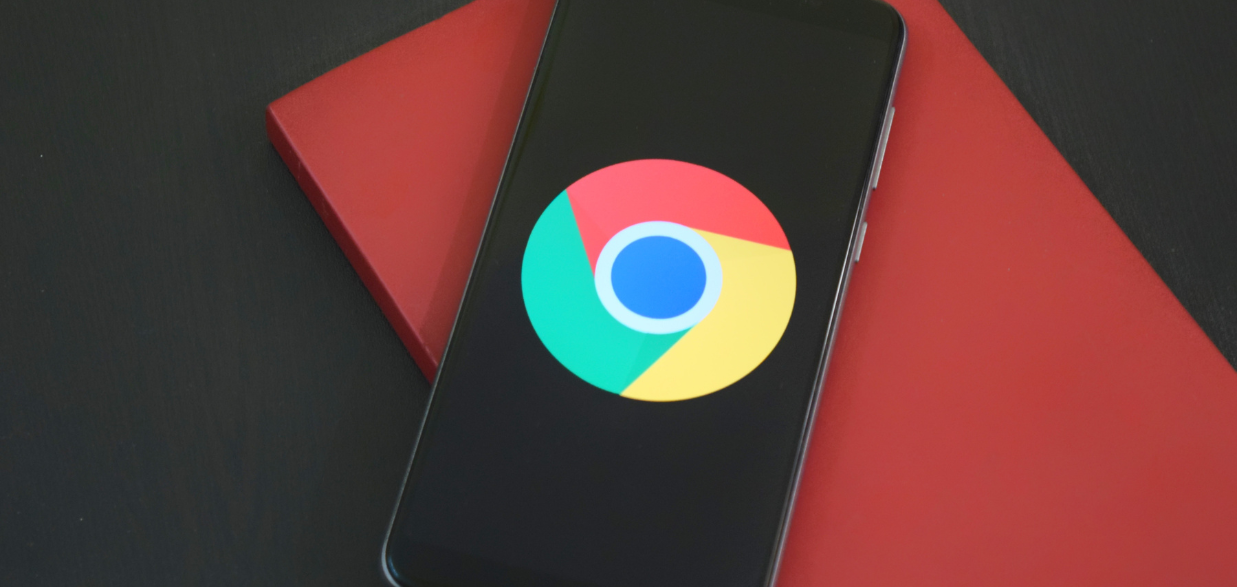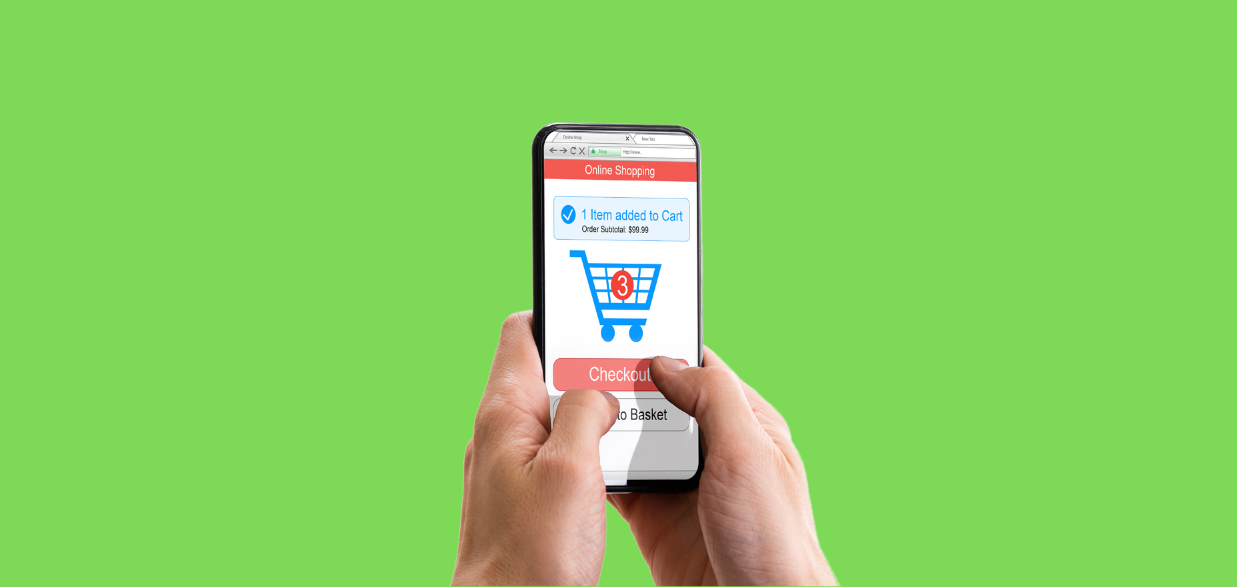Optimize Your Ecommerce Checkout Flow
One of the most struggling factors to convert customers to business can face is cart abandonment. Many website owners often complain about their website visitors leaving products in the cart. There might be some reasons, one of them being eCommerce checkout flow. When Shopify Plus Developers are creating a website, they must consider cart flow as a critical point. eCommerce checkout options for customers should be quick, reliable, and easy to complete purchases. Why and How? Let’s find out:
eCommerce Checkout Flow- What is it?
eCommerce checkout flow is known as a process or procedure that a customer has to follow to make a purchase on the website. Every website has a series of steps that customers follow after they add products to the cart. In addition, these steps can be different as per website design or business niche. However, some common steps include:
- Shopping Cart
- Checkout or Proceed to Pay button
- Shipping information
- Payment information
- Order Review
- Payment
- Order Confirmation
- Tracking/Thank you
eCommerce checkout is an important point of purchase, you can attract customers, and hold customers on a website, but if your checkout procedure is poor, all the hard work will be lost. Therefore, to convert customers, Magento developers must keep in mind an easy and optimized eCommerce checkout process.
Best Practices to Optimize eCommerce Checkout Flow
To optimize eCommerce checkout or make eCommerce checkout smooth for users, WooCommerce web developers need to work on two things. Firstly, reducing friction for a smooth process. Secondly, increasing revenue with effective checkout flow. Here is the list of some best practices you can follow to achieve both:
Multiple shipping options: There are two concerns of customers- shipping cost and shipping times. As a business, you must offer multiple shipping options to cater to both audiences. By keeping in mind price-sensitive and time-sensitive customers, you can opt for local delivery options, pickup options, or fast delivery options. Therefore, depending on the requirements, customers can choose their shipping method.
Frequently bought options: To fulfill the second objective of eCommerce checkout, Shopify Plus developers must add frequently bought options. When a customer is at the checkout point and you showcase them with popular options, there are chances of sales. In addition, they might add these items to their cart just before making purchases. You can also add the last viewed item that has a chance of purchase.
Incentives on large carts: Providing discounts at checkout is another way to encourage purchases and increase revenue. You can create checkout incentives to make sure users complete their purchase process.
Reducing information filling section: Nobody likes to fill in too much information, so Magento developers must reduce the form section at checkout. Use only important or strictly required information sections.
Conclusion
eCommerce checkout flow is critical for eCommerce websites, so optimization becomes important. Shopify Plus Developers must understand different customer requirements and create all the sections that fulfill checkout goals. Moreover, an optimized checkout flow will increase revenue, reduce cart abandonment, and hold customers on the website.


